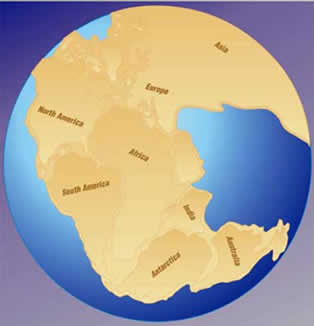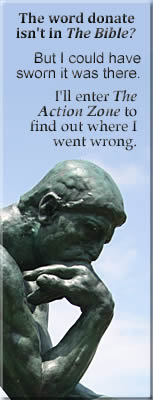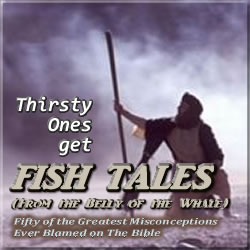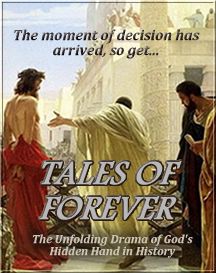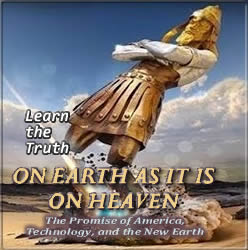The Dividing of the Earth
An Ongoing Power Struggle
One of the most overlooked consequences of the Great Flood was that before that cataclysmic event the geography of the antediluvian world was far different from our own. According to most biblical scholars, before the Flood a single land mass was surrounded by a great ocean. So when the Scriptures describe how the waters above the Earth broke down and the fountains of the deep broke up, the resulting upheaval redistributed this single land mass, and so transformed global geography into what it is today.
Of course critics of The Bible deny such a possibility, insisting our present-day geography is the result of many long ages, in which tectonic plates only gradually moved the continents into their current positions. And while evidence of tectonic plate activity exists—in which scientists invoke the term “uniformitarianism”—an honest look at the geological evidence also reveals just as much evidence of abrupt cataclysms throughout Earth’s history. For this perspective on Earth science, we’re greatly indebted to the pioneering work of men like Georges Cuvier (1768-1832) and Immanuel Velikovsky (1895-1975) who went to great lengths to articulate the theory of “catastrophism” to explain our present-day geography.
And while this present work can’t possibly present all the geological evidence to confirm such a position, one thing is certain: In the context of what The Bible says about an ongoing power struggle between God, Satan, and humanity, there’s little doubt the Flood not only removed the Nephilim from the Earth, but it also divided the Earth’s land mass into what it is today.
Story Continues Below
Says Richard Price—the founder and CEO of Academia.edu—on his podcast In Depth With Academia:
On Earth as It is On Heaven: The Promise of America, Technology, and the New Earth is:
To hear Price’s book review of On Earth as It is On Heaven, CLICK HERE.
To hear Kent discuss the promises of God that pertain to God’s Kingdom on Earth, particularly as they pertain to the nations of the West, with Zen Garcia, the host of the Internet talk show Momentary Zen, CLICK BELOW.
Story Continues From Above
Now, it’s also important to note that just as there are opposing views of the Earth’s dividing, in terms of secular versus sacred, there are also opposing views within the sacred school of interpreting this event. The verses in question read as follows:
This is the account of Noah’s sons: Shem, Ham, and Japheth, who also had sons after the Flood… And sons were also born to Shem, the older brother of Japheth. Shem was the forefather of all the sons of Eber… Two sons were born to Eber: One was named Peleg, because in his days the Earth was divided, and his brother was named Joktan.1
Many times in Scripture a person was named in memory of a special event that occurred in their lifetime. In this case, Peleg, whose name in Hebrew means “division,” is so designated. The word used here should look familiar, in that it’s similar to the ones I spoke of earlier, in reference to the ongoing theme of dividing, scattering, and uniting. Here, the Hebrew word in question for “divided” is palag. And though the reason Eber’s son was named Peleg is alluded to, the exact nature of the “dividing” associated with his name isn’t spelled out for us, and so has remained a point of debate ever since.
Again, we should never be surprised by this conflict in biblical interpretation, and we shouldn’t for the reasons I’ve already cited: One, God’s word is apparently designed this way to force its readers to decide the meaning for themselves, thus revealing more about the interpreter of the message than the message itself; two, this is always due to the decidedly ambiguous nature of the biblical message; and three, because the message is cleverly couched in paradoxical terms, it inevitably leads us to a crossroad, where we must ask: Is this a genuine paradox or just another inconsistency?
